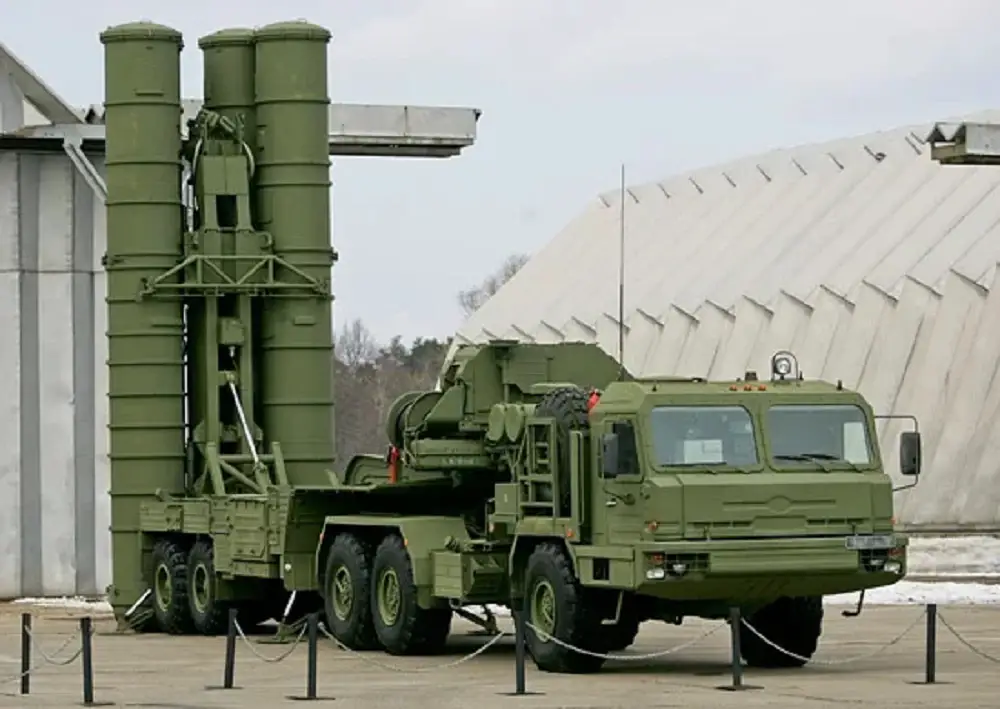The recent repositioning of S-400 Triumf air defense systems from the Kaliningrad region to potentially reinforce Russian forces stationed along the Ukrainian border has sparked global interest and raised profound strategic questions. This significant maneuver, as revealed by the British Ministry of Defence, signifies a potential shift in Russia’s tactical approach amid escalating tensions in the region. The relocation of the S-400 systems, acknowledged as the SA-21 Growler in NATO terms, from Kaliningrad, Russia’s western enclave, to areas adjacent to Ukraine, has garnered attention due to its ramifications on the ongoing conflict. The British Defense Ministry’s disclosure highlighted a surge in the loss of these sophisticated air defense systems in parts of Ukraine occupied by Russia since late October. Kaliningrad’s geopolitical significance cannot be understated. Situated between NATO member states, notably bordered by Poland, it has long been a flashpoint in geopolitical discussions. The decision to potentially expose this sensitive region underscores the strain Russia faces in maintaining critical defenses while engaging in conflict in Ukraine.
The S-400 Triumf, a formidable mobile surface-to-air missile system developed by Russia’s NPO Almaz, has earned international recognition for its advanced capabilities. Approved for service in 2007, these systems are orchestrated around the 30K6E administration system, boasting a network capable of coordinating multiple divisions and battalions. The intricacies of the S-400 system are vast, encompassing a range of radar systems, missile launchers, and command centers. The 91N6E panoramic radar system, mounted on specialized vehicles, offers extensive detection capabilities up to 340 kilometers while countering electronic interference. Meanwhile, the 92N6E multifunctional radar tracks up to 20 targets within a similar range, showcasing its versatility. Supplementing the core infrastructure are auxiliary elements such as the 96L6E and 40B6M radars, offering extended detection ranges and specialized housing arrangements. The integration of various radar systems, anti-stealth measures like the Protivnik-GE radar, and supplementary command posts present a formidable defense network.
The strategic significance of these systems extends beyond their technical prowess. Integration capabilities with other air defense systems like the S-300, Tor-M1, and Pantsir-S1 provide a layered defense approach. Furthermore, the coordination of airborne early warning systems like the A-50 and A-50U aircraft emphasizes Russia’s emphasis on comprehensive situational awareness and command control. The recent relocation of S-400 systems underlines Russia’s prioritization of securing the Ukrainian front, potentially at the expense of vulnerabilities in Kaliningrad. This move hints at the complexities of managing resources amid ongoing conflicts while showcasing Russia’s willingness to reallocate critical assets to address immediate threats. In summary, the deployment of S-400 systems from Kaliningrad to reinforce Russia’s presence near Ukraine underscores the evolving dynamics and the delicate balance of power in the region. The maneuver highlights Russia’s strategic decisions amid heightened tensions, revealing both the vulnerabilities and the adaptability of modern military capabilities in the face of conflict. This development further underscores the evolving nature of modern warfare, where not only battlefield strategies but also the management of sophisticated defense systems significantly impact geopolitical calculations and global security paradigms.















